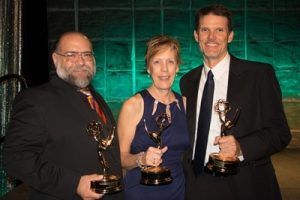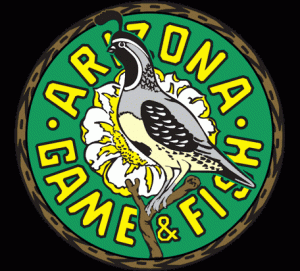Source: Email blast from Arizona Forward, February 8, 2017
The Arizona Legislature is considering a bill that includes a repeal the Arizona State Parks Board (HB2369), which we strongly oppose. As part of Arizona Forward’s historic advocacy of parks and open space, as well as our work in creating a primer on the economic benefits of Arizona’s natural assets, we have registered our opposition to this measure and encourage you to do the same!
The State Parks Board provides citizens’ oversight to State Parks and is composed of people with various backgrounds, including recreation, tourism, and livestock, as well as the general public. Its purpose is to “select, acquire, preserve, establish, and maintain areas of natural features, scenic beauty, historical and scientific interest, and zoos and botanical gardens for the education, pleasure, recreation, and health of the people….”
On February 2, 2017, the House Government Committee voted 5-3-0 to repeal the Arizona States Park Board. I testified against the measure and will keep you updated as it moves the legislative process. Elimination of this important board will result in less transparency, fewer opportunities for public engagement on a broad level, and one less entity to advocate for a parks system badly in need of more advocates.
Please take action by sending a message to your state representatives today! If you are not sure who your legislators are, go to Find My Legislator and click on the link where you enter your address. You can then select legislators to find their contact information. Be sure to leave a message with an assistant or on voicemail.
We must be good stewards of these amazing resources, and need your help to ensure that happens!
DIANE BROSSART
President & CEO
Arizona Forward
Since the publication of this letter, HB2369 is scheduled to be heard by the House Rules Committee on Monday, February 13, 2017 at 12:45 p.m. in HHR4. Here is a link to the agenda.




 pply by clicking here:
pply by clicking here:
You must be logged in to post a comment.